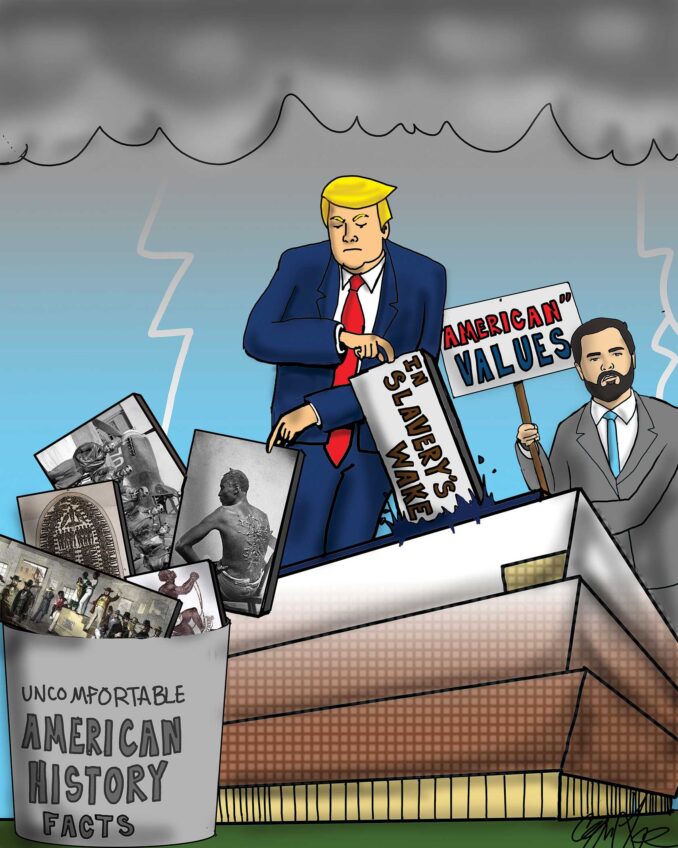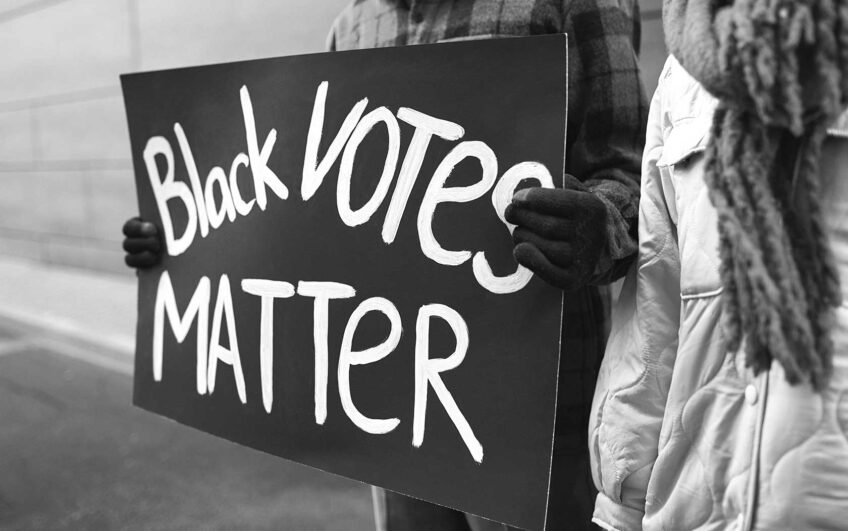Nearly 90 years ago, Kelly Miller, a black sociologist and mathematician, said, “The Negro is up against the white man’s standard, without the white man’s opportunity.” As the first black man to enroll as a graduate student at Johns Hopkins University in 1908, Miller also authored a book entitled Race Adjustment, published in 1908.
Ironically, despite the passage of time, Miller’s words express the same sentiment held today by many black Americans. As a people and across succeeding generations, we have held fast to our hopes for a better life. Yet it is painfully true that many opportunities enjoyed by other Americans have been elusive for people of color.
While economists, public policy think tanks and other entities may sing a chorus of how well the American economy is performing and expanding, people of color — especially blacks and Latinos — have yet to see or feel economic vibrancy in our own lives — particularly when it comes to housing and homeownership.
On June 25, Harvard University’s Joint Center for Housing Studies released its annual report, The State of the Nation’s Housing. One of the housing industry’s most broadly anticipated and cited reports, it once again chronicles recent trends and issues.
Among this year’s key findings:
- Since 2018, the monthly housing payment on a median-priced home has been $1,775;
- In 2019, the cost of a median-priced home rose by 4 percent to $261,600 when a comparable home in 2011 was priced far lower at $177,400.
- This rise in home prices is also the seventh straight year that median household incomes have failed to keep pace in 85 of the nation’s largest 100 markets.
For families who already own their own homes, these findings signal that their investments are appreciating, growing in equity and wealth.
But for those trying to make that important transition from renting to owning, it’s a very different outlook. As rental prices continue to soar and moderately priced apartments disappear from the marketplace, both prospective homeowners and current renters face a shrinking supply of affordable housing.
When homeownership is possible, housing costs can be better contained with fixed-interest rate mortgages, tax credits, and eventual equity. Even so, the Harvard report finds that only 36 percent of all consumers could afford to buy their own home in 2018. With higher priced homes in 2019, the affordability challenge worsens.
“It is equally noteworthy that once again this key report shares how consumers of color continue to face challenges in becoming homeowners, noted Nikitra Bailey, an EVP with the Center for Responsible Lending. “According to the report, only 43 percent of blacks and 47 percent of Latinx own their own home, while white homeownership remains at 73 percent.
On the same day as the Harvard report’s release, President Donald Trump signed an executive order that establishes a new advisory body that will be led by HUD Secretary Ben Carson. A total of eight federal agencies will work with state and local government officials to remove “burdensome governmental regulations” affecting affordable housing.
“Increasing the supply of housing by removing overly burdensome rules and regulations will reduce housing costs, boost economic growth, and provide more Americans with opportunities for economic mobility,” Carson said.
If Carson means that local zoning rules favor single family homes over multi-family developments is a fundamental public policy flaw, he may be on to something. However this focus misses the crux of the affordable housing crisis: Wages are not rising in line with increasing housing costs. And now, after the housing industry continues to cater to more affluent consumers, while many older adults choose to age in place, the market has very little to offer those who want their own American Dream, including some who are anxiously awaiting the chance to form their own households.
What is missing from this new initiative is a solution to the financial challenges that average people face.
It was scant regulation and regulatory voids that enabled risky mortgage products with questionable terms that took our national economy to the brink of financial collapse with worldwide effects. Taxpayer dollars to rescue financiers while many unnecessary foreclosures stripped away home equity and wealth from working families.
Time will tell whether new advisors and proposals remember the lessons from the Great Recession.
Charlene Crowell is the communications deputy director with the Center for Responsible Lending.






